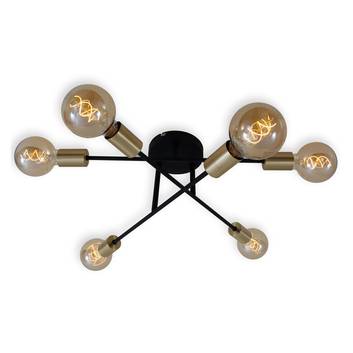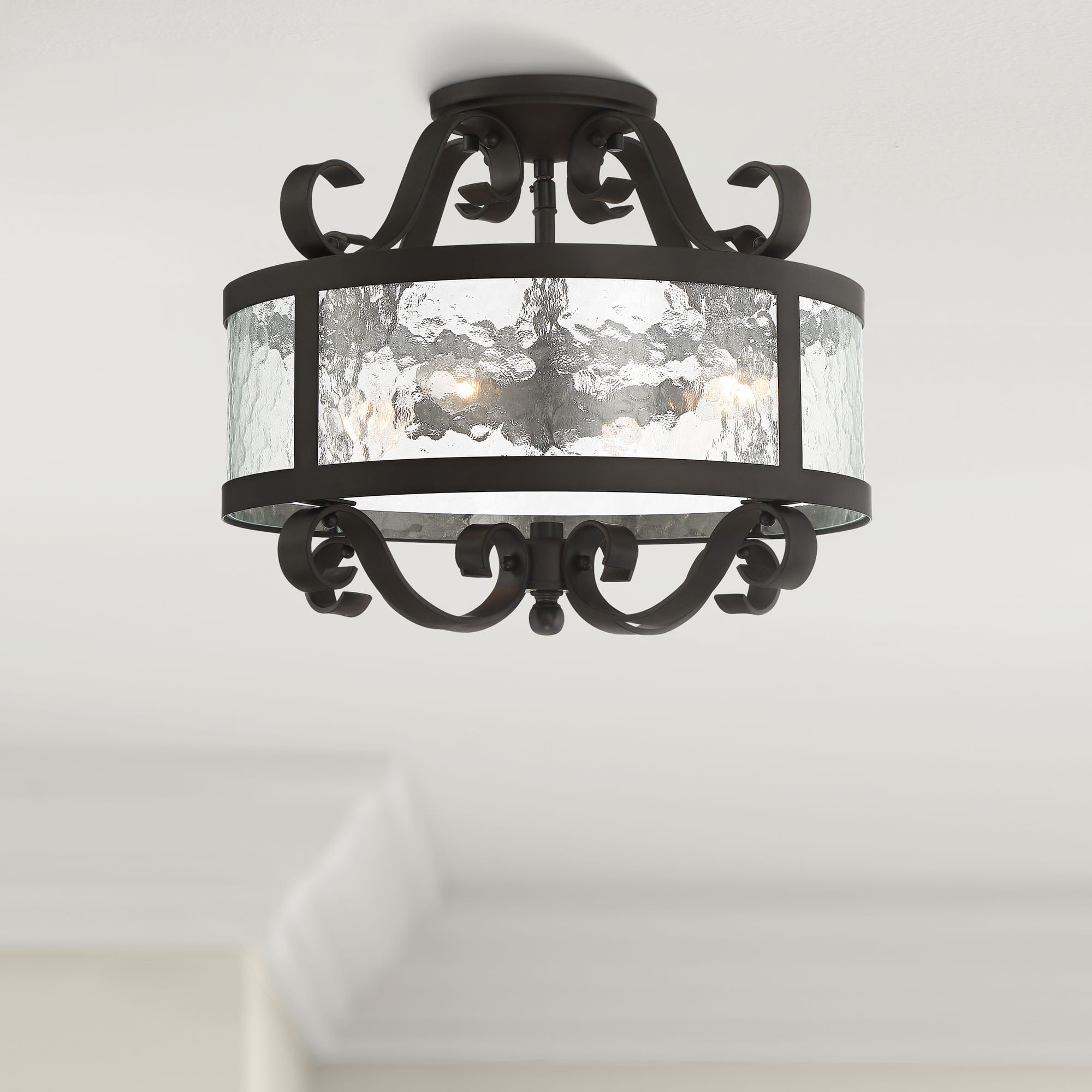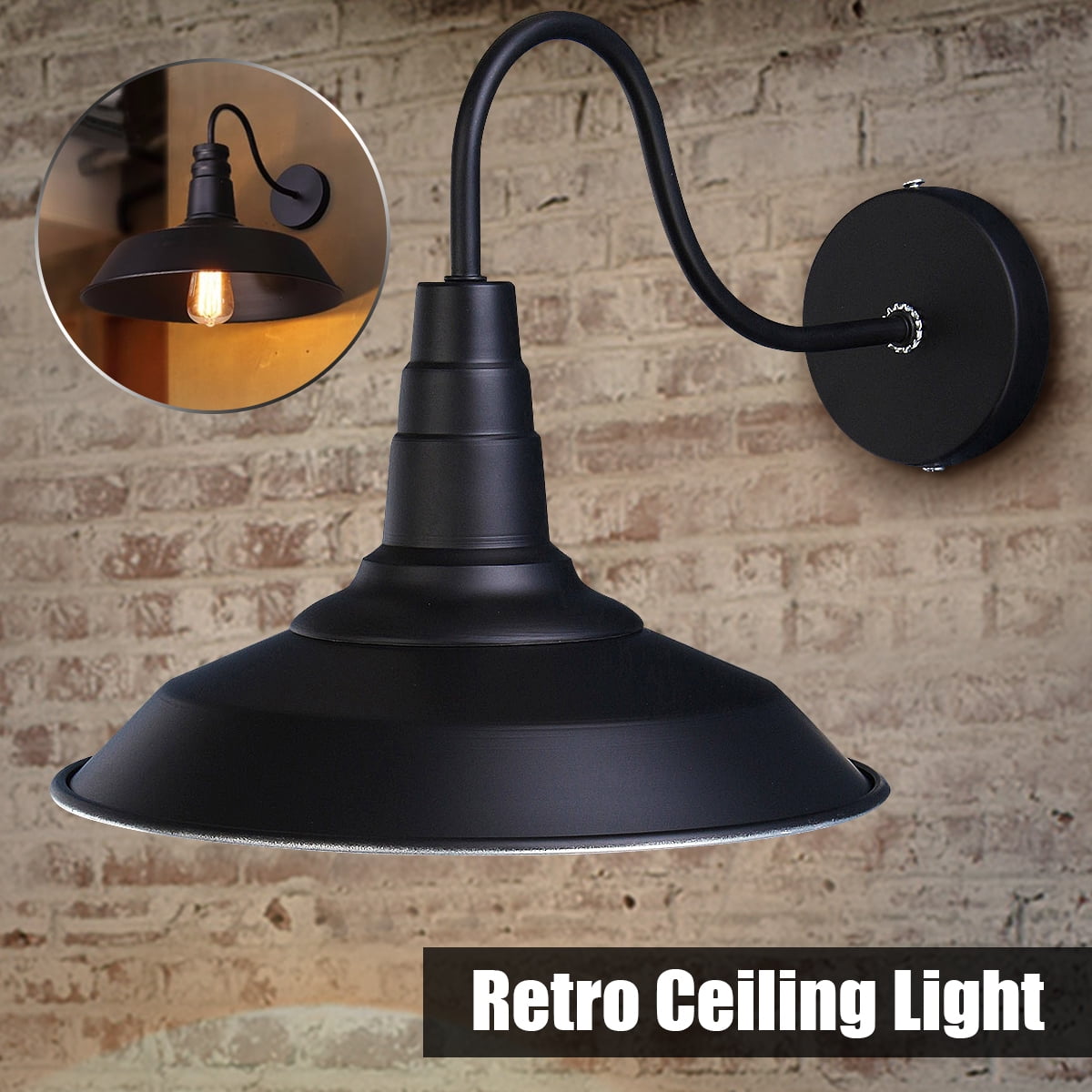

With the holes drilled into your board and your sockets attached to the galvanized elbows, you’re ready to start wiring your industrial light fixture. I used a 3/8” drill bit and made each hole a little wider than that, aiming for about 1/2″ in hole size. Using the vertical center measurement and the side-to-side measurements, I marked then drilled these three holes. (So, from left to right, my measurements were: 7 – 8 – 8 – 7, with each dash representing a marked hole.)

Because this 1×6 board is 30” long and needed three light bulbs, I measured 7” in from each side, then 8” in from those marks. Measure the vertical center of your board and remember this number. View in gallery Step 9: Drill Holes for the Lights Repeat until you achieve the level of stained darkness you’re after. When the wood glue has dried completely, add wood stain to the front and sides of your pine board, including the sides of your poplar pieces.īrush wood stain on with a clean brush, wipe off excess after a minute or two.

View in gallery Step 8: Stain the 1×6 Pine Board View in gallery Step 7: Clamp the Sockets and Elbows Together and Leave to DryĬlamp the sockets and elbows together until the glue dries thoroughly we waited 24 hours.Īt this point, you might have several components of your lighting fixture drying – the wood glue on your 1×6 pine board, the spray paint on your screws, and the super glue on your sockets/elbows. After squeezing the pieces together as best you can, use a small amount of super glue to attach the pieces. The outdoor/weatherproof sockets don’t fit into the 3/4” side of the galvanized elbows in fact, I was unable to find any piece in which they’d fit for this lighting project. Lay out the pieces in the order they’ll be assembled for each bulb, but don’t assemble them yet. View in gallery Step 6: Attach the Sockets & Wiring This color will pretty closely match the galvanized components of your lighting fixture. Spray paint the tops of these screws with your Rustoleum Hammered Grey spray paint. Screw all flat screws and four hex screws a just little ways into a piece of scrap wood. View in gallery Step 4: Leave the Glue to Dry Wipe away any excess glue that squeezes out. Spread a medium amount of wood glue to the poplar boards, then attach the glued side to the back of your 1×6 pine board.Ĭlamp in place repeat for all four poplar boards. View in gallery Step 2: Add Glue to the Poplar Boards Adjust lengths as needed for a perfect fit. Begin by measuring and cutting the two side pieces (that will run vertically), then measure and cut the top and bottom lengths to fit inside those.ĭry fit these to the back of your pine board, clamping into place to ensure alignment. You want your poplar boards to match up exactly with the edges of your cut 1×6 pine board. View in gallery How to Install a DIY Bathroom Vanity Light Fixture Step 1: Attach The Poplar Boards to the Back of the Pine Board

Four (4) 5/16”x4” hex lag screws (any color will be spray painted).10’ each black and white 14# wire (not shown).Three (3) outdoor/ weatherproof sockets in black.Three (3) 1/2″ x 3/4″ galvanized reducing elbows in black (one end is 1/2″ and the other is 3/4″).Three (3) 1/2″ x 4” galvanized nipples in black.Three (3) 1/2” galvanized floor flanges in black.3/8” poplar boards (approximate length needed = twice the height of your fixture + twice the length).1×6 pine board cut to your desired length (example shows 30” for a three-bulb fixture).Adjust supplies and materials accordingly as needed for more or fewer bulbs. Also, this tutorial shows how to build a three-bulb industrial light fixture with basic tools (e.g., no router). We are not responsible for any problems that arise as a result of following this tutorial. It is intended solely for demonstration purposes seek professional advice with any questions or concerns you have. Note: This tutorial is provided by an experienced DIYer, NOT a professional electrician.


 0 kommentar(er)
0 kommentar(er)
